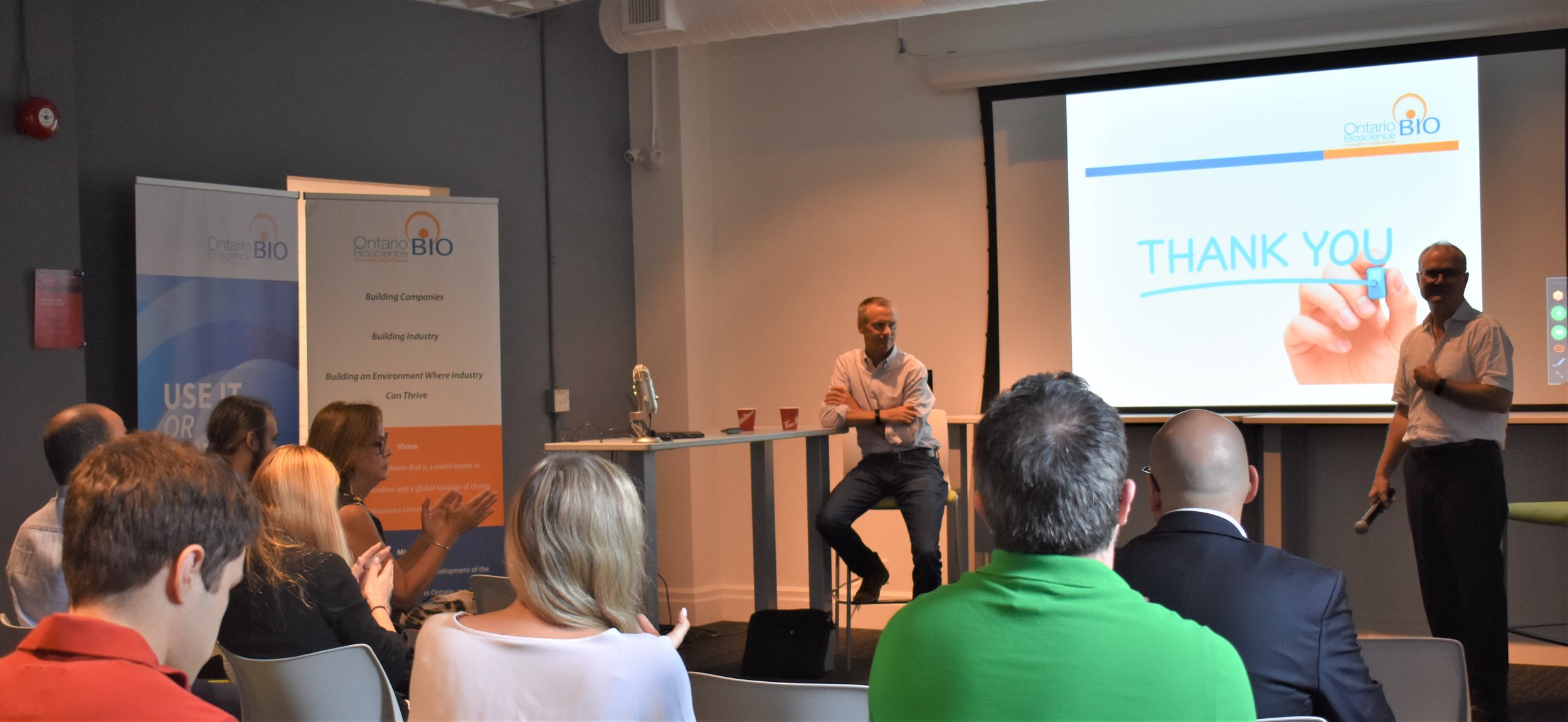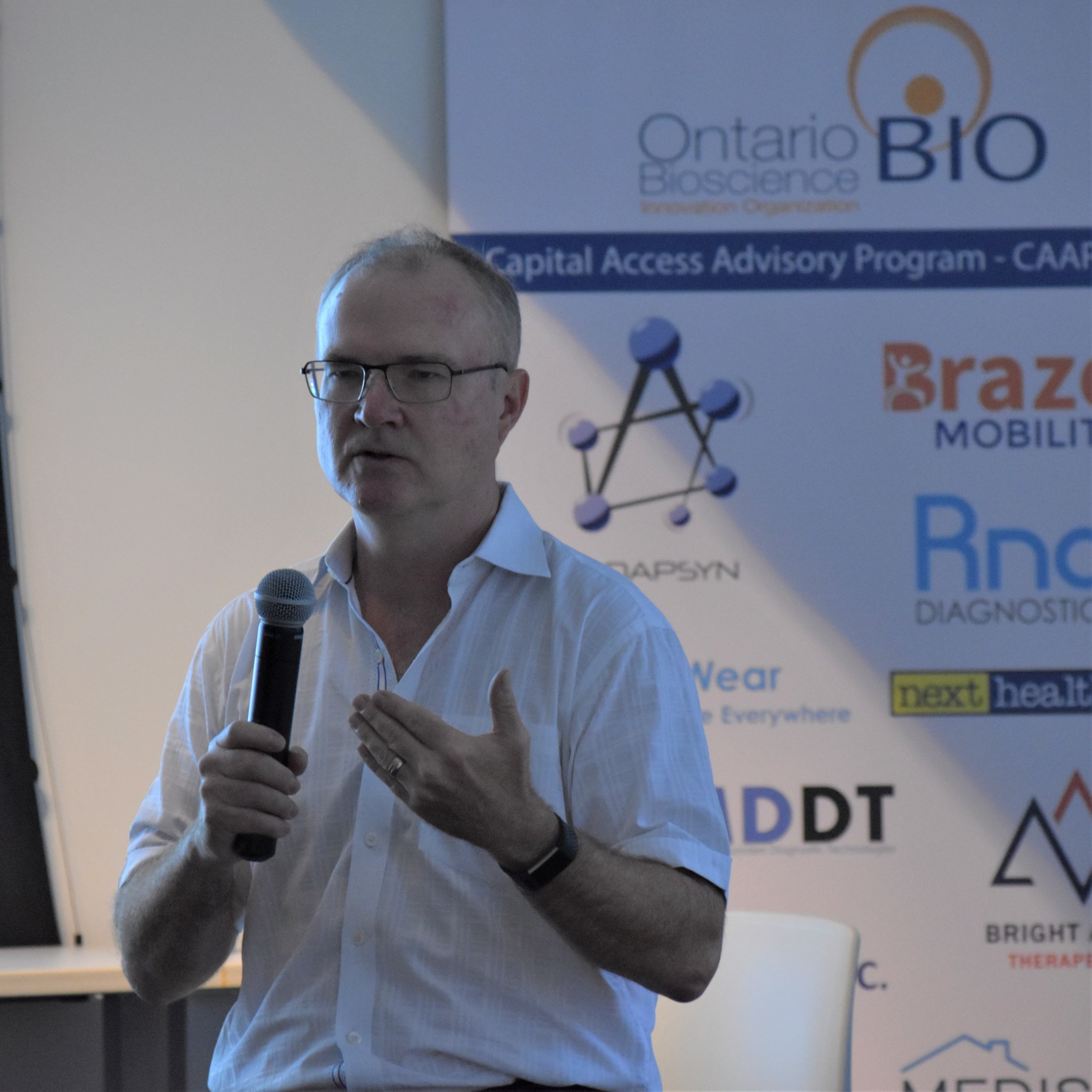Reviewing OBIO's Workshop: "No Project Was Ever Completed On Time and Within Budget." - Cheops Law
On September 18th, OBIO hosted a workshop with two industry experts and provided the CFO perspective on budgeting for start-up and growing health science companies.
John Jordan (CFO, RNA Diagnostics) and Jim Cooke (Partner, Stoneybridge Partners) addressed 3 main areas – how to build a robust budget, how to present a budget to the board and to investors, and how to manage a budget.
Building a Robust Budget
The speakers noted that a robust budget must be aligned to the company’s strategic plan, which will have identified key milestones and objectives for the next 5+ years. A thorough strategic plan will identify the key activities needing to occur, in addition to the timing and resource cost of these activities. John Jordan emphasized the need for a month-to-month detailed estimates of costs involved for the first 12 months. Where activities will take longer than 12 months, the need for accurate forecasting of timing and costs on a project basis is necessary.
The above steps must be done in collaboration with the rest of the team, who can then take ownership and be held accountable to their assigned area of the budget. Jim Cooke recommended the budget be prepared in sections where each line item for each specific area (e.g. pre-clinical, clinical, manufacturing) are grouped together (e.g. salary, materials, study costs), to help with accountability.
John Jordan noted that while assumptions are necessary you should be working to estimates where possible, and use your advisors and networks to help determine whether your assumptions are reasonable. A workshop attendee asked if there were any rule of thumb for building in contingencies, in terms of both time and budget. John indicated you have to go with your best estimate and have support for it in the form of quotes, contracts and comparison with industry standard measures.
John and Jim discussed how to operate when you do not have sufficient funds. They highlighted the need for prioritization, focusing on the activities that will allow you to raise additional funding, even if they are not the most important things to you. When asked about taking on debt to keep moving forward they indicated that you must be very careful, making sure that this “extra injection of cash” propels you to a critical milestone from which you can raise more money. They also cautioned that you need to consider how this debt would affect future fund-raising activities.
The Budget Process: Dealing with Investors and the Board
When considering how to work with your board and investors as it relates to budget, Jim Cooke indicated that it is about building trust and confidence with your stakeholders. This is done by investing time understanding where they are coming from and what they need from you. Further it is important to let them know there is an amount of uncertainty and that you will (and must) communicate with them as things happen. In this way, the more they understand the more supportive and helpful they will be going forward.
Managing and Reporting to Budget
To find out more about how to manage and report to your budget, and to get answers to questions, like:
How much should you pay your CEO (especially if you are the CEO)
How aggressive or conservative should the budget you show investors be, and
How often should you update your budget
You can access the recording of the workshop made available for OBIO Members on the OBIO website, which will be uploaded shortly.




